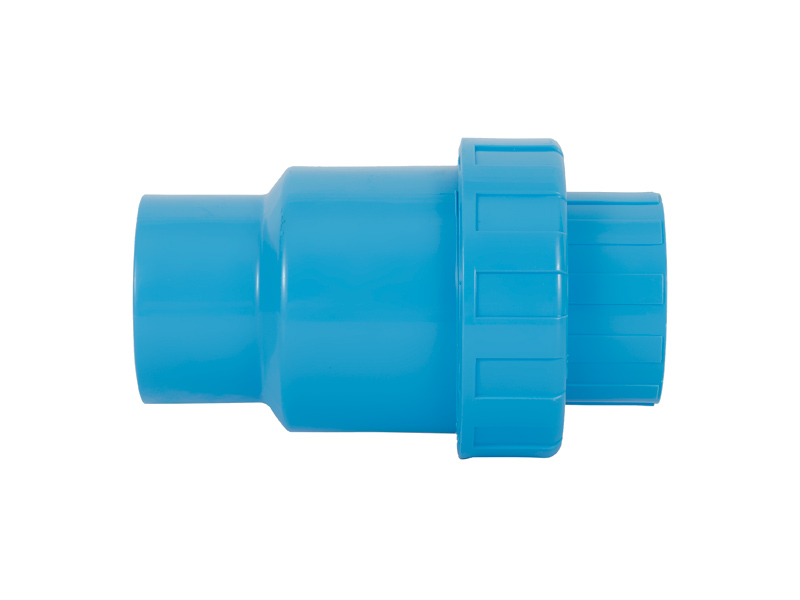How does the male ball valve design enable smooth and effortless on/off operation?
The male ball valve design is a key characteristic...
MORE >>















Proper installation of a check valve is essential to en […]
Proper installation of a check valve is essential to ensure its reliable and effective functioning within a piping system. Several key considerations should be taken into account:
Orientation: Check valves are designed to allow flow in one direction while preventing backflow in the opposite direction. It's crucial to install the valve with the correct orientation to ensure it functions properly. Most check valves have arrow indicators that show the intended flow direction.
Flow Rate and Pressure: Select a check valve that is appropriate for the expected flow rate and pressure of the system. Different types of check valves are designed to handle specific pressure ranges and flow rates. Installing a valve that is not suited to the system's conditions can lead to inefficiencies or even failure.
Clearance and Accessibility: Ensure that there is enough space around the check valve for maintenance and repair. Accessible installation makes it easier to inspect and replace the valve if necessary.
Distance from Pump or Outlet: Place the check valve a sufficient distance away from pumps, compressors, or outlets to avoid turbulent flow conditions that could affect the valve's performance. Turbulence can cause fluttering or chatter, reducing the valve's effectiveness.

Valve Type Selection: Choose the appropriate type of check valve based on the application. Swing check valves, lift check valves, and ball check valves have different characteristics and are suitable for different situations. Consider factors like flow direction, pressure, and flow rate when selecting the type.
Proper Sizing: Properly size the check valve according to the diameter of the pipeline. An undersized valve can lead to excessive pressure drop, while an oversized valve might not function effectively at lower flow rates.
Support and Alignment: Provide proper support for the check valve to prevent stress on the valve body and piping connections. Misalignment or inadequate support can lead to leaks or premature wear.
Installation of Accessories: Consider installing accessories such as strainers or filters upstream of the check valve to prevent debris or contaminants from interfering with its operation.
Material Compatibility: Ensure that the materials of the check valve and the surrounding piping are compatible with the fluids being transported. Corrosion or chemical reactions can compromise the valve's integrity.
Avoid Piping Vibrations: Piping vibrations can impact the performance of the check valve. Properly support and anchor the piping system to minimize vibrations that could affect the valve's operation.
Check Valve Location: Place the check valve in a position where it can easily be accessed for maintenance, repair, or replacement without disrupting the entire system.
Follow Manufacturer Guidelines: Always follow the manufacturer's installation guidelines and recommendations. They provide specific instructions tailored to the particular valve model and application.
By carefully considering these factors and following best practices, you can ensure the proper installation of a check valve, promoting its longevity and dependable functionality within your piping system.

The male ball valve design is a key characteristic...
MORE >>
In today's modern world, efficient and reliable wa...
MORE >>
Copyright ©All rights reserved:Zhejiang Xier Plastic Valve Lead Co.,LTD. PVC Ball Valves Manufacturers Technical support: HWAQ  浙公网安备 33060402001174号
浙公网安备 33060402001174号

 English
English España
España عربي
عربي